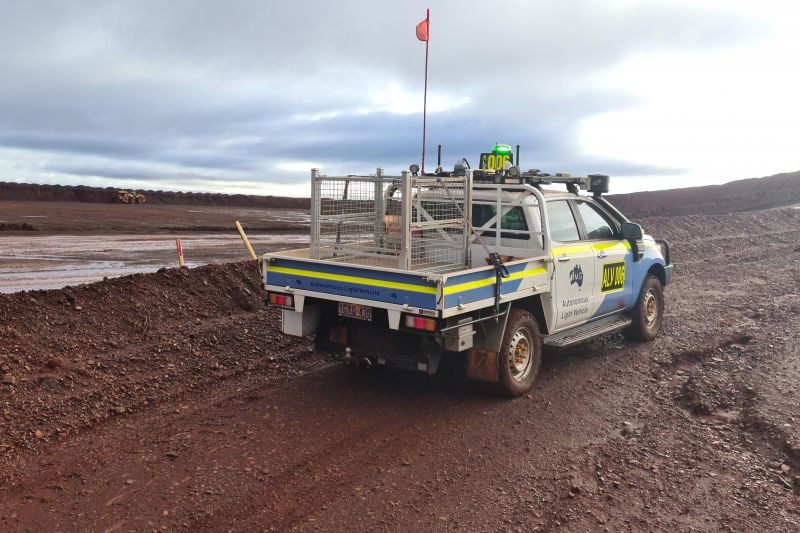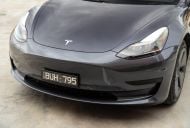Ford is the latest automaker to work with a mining company on the next generation of vehicles for mining sites.
The company is deploying four autonomous Ford Ranger utes at Fortescue Metals Group’s Chichester Hub.
Each has an integrated Lidar/Radar system to allow it to detect and avoid obstacles, plus a “comprehensive independent safety management and fail safe braking system and extensive built-in system monitoring and fault response capability”.
Currently, the Christmas Creek mobile maintenance team relies on fitters to make around 12,000 28km round trips each year to collect equipment and parts.
The deployment of the autonomous Rangers will allow for a driverless equipment transfer service, which Ford says will give team members more time to spend on other important tasks.
“Ford globally is at the forefront of research into autonomous vehicles, and working with companies like Fortescue is critical to gaining an insight into specific user applications,” said Ford Australia president and CEO Andrew Birkic.
Ford, along with Volkswagen, has also invested heavily in a company called Argo AI which is developing autonomous driving technology.
The company has currently been testing in the US, though the German government’s announcement this week it would permit level 4 autonomous vehicle testing on designated roads presents another opportunity for Ford and other vehicles developing this technology.
Ford’s work with Fortescue isn’t the only example of an automaker working with a mining company to develop a new kind of on-site vehicle.
Toyota and mining giant BHP are teaming up to put an all-electric 70 Series LandCruiser through its paces.
The electric single-cab LandCruiser ute, dubbed the Workhorse EV, has been converted from turbo-diesel to pure-electric power by Toyota in Port Melbourne.
It’s being tested underground at a BHP nickel mine in Western Australia. Moving to electric utes is part of the mining giant’s push to reduce its ‘operational emissions’ by 30 per cent before 2030.





